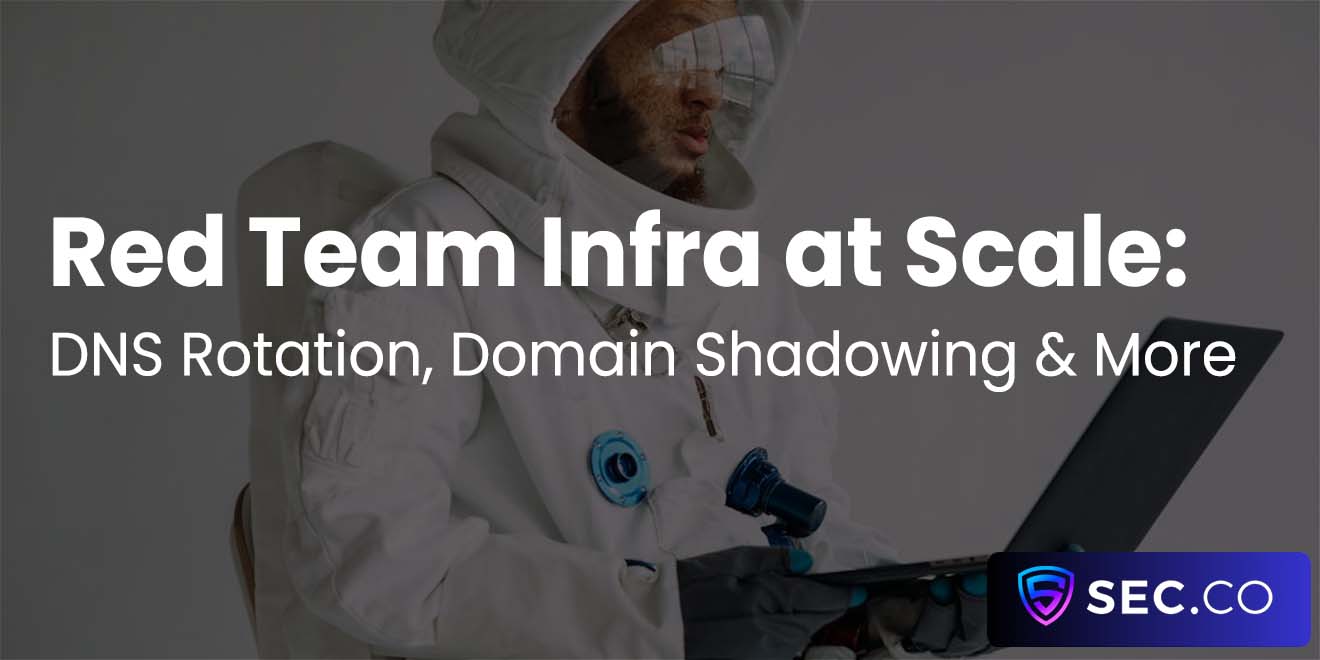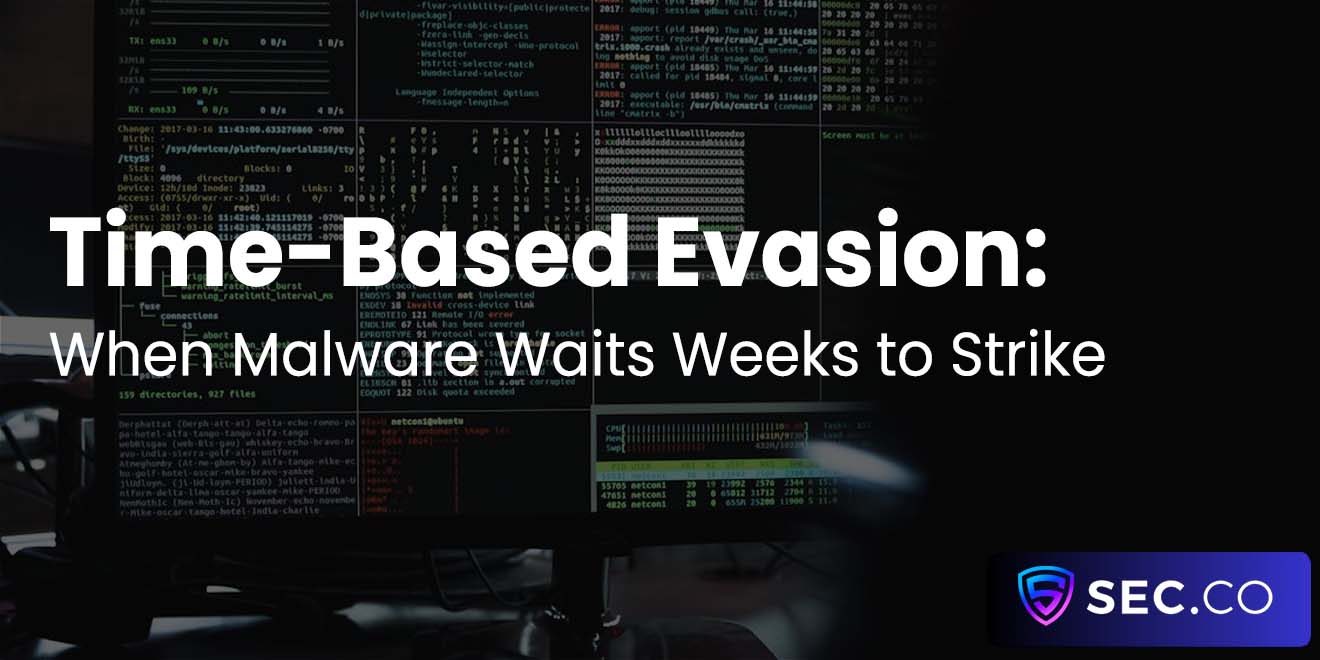Securing Serial-to-IP Bridges in Legacy Industrial Systems
Serial hardware refuses to retire, and honestly, good for it. Small adapters that turn RS-232 or RS-485 into TCP/IP keep legacy controllers talking to modern networks. They also widen the attack surface if nobody is watching. For teams focused on cybersecurity & cyberdefense, the mission is to protect these bridges without interrupting the processes they serve, and keep nights quiet for operators.
Why Serial-To-IP Bridges Still Matter
Bridges solve a hard compatibility problem. They take chatty, timing-sensitive serial streams and deliver them to supervisory systems that live on IP. Replacing them often means retesting safety logic, changing vendor terms, and scheduling downtime. Because bridges stick around for years, they deserve control that age well. Treat them as permanent infrastructure, not temporary adapters.
The Realistic Threat Landscape
Most serial protocols assume a trusted cable, not an IP network shared with printers and laptops. Authentication is rare, encryption rarer. Once serial is encapsulated, attackers can hit the management interface, fuzz the TCP listener, replay captured traffic, or pivot through a flat network. The adversary might be an external intruder, a curious insider, or a misconfiguration. Risk appears whenever convenience outruns discipline.
Map the Mess First
Start with inventory. List every bridge, including the dusty one zip-tied to a rack leg. Capture model, firmware, IP addresses, serial parameters, enabled services, location, and ownership. Note downstream devices and what fails if the link misbehaves. Rank risk by blast radius and exposure. Inventory is not glamorous, yet it turns guesswork into plans.
Architect for Isolation
Segmentation is the single best control. Place bridges on dedicated operations segments that do not mingle with guest Wi-Fi or office subnets. When business systems need data, use a demilitarized zone or broker that permits only specific flows. Write rules with precise source, destination, and port pairs, not broad subnets. If the device can restrict management by address, point it at a jump host. Avoid default allowances and sleep better.
If data only needs to flow out, enforce that with a unidirectional gateway or data diode. Hardware that forbids return paths removes entire classes of mistakes. When commands must return, terminate tunnels at a broker that authenticates users, validates payloads, rate limits sensitive functions, and records transactions. The bridge then knows only the broker.
Lock Down the Bridge
Default settings favor convenience. Change factory passwords and disable HTTP and telnet. Use HTTPS and SSH with strong cipher choices. Turn off discovery beacons and old agents you do not need. If the model exposes a remote serial console, confine it to a maintenance VLAN behind a bastion with multifactor. Many devices still ship with SNMPv1 enabled; use SNMPv3 or turn it off.
Disable unused serial ports and TCP listeners. Set per-host connection limits so one noisy scan cannot starve the device. If the firmware supports client certificates, use them so the bridge will only trust your servers. Point NTP at an internal authenticated source so logs line up during investigations. Short session timeouts help more than most people expect.
Protect Data in Motion
Encapsulated serial is usually cleartext. Encrypt it. A site VPN gives confidentiality and integrity, and it makes key rotation routine. Prefer IKEv2 and modern suites. If you choose TLS, issue certificates from an internal authority and require mutual authentication so each side verifies the other. When the bridge cannot handle modern crypto, place it behind a gateway that terminates strong encryption on its behalf.
Wrapping keeps the original protocol intact inside a protective tunnel. Translation converts serial exchanges into a modern, authenticated application protocol. Choose wrapping when vendor timing is delicate. Choose translation when security and observability gains outweigh tuning. Hybrids are common during transitions.
Verify Identity and Limit Privilege
Treat bridges as servers that influence real equipment. Tie admin logins to a directory if the model supports it. Otherwise, maintain unique local accounts per device and rotate them from a vault. Shared credentials erase accountability, so avoid them. Give operators read-only access when monitoring is all they need. Restrict who can alter serial settings, update firmware, or replace certificates. Keep tamper evident logs.
Force administrative work through a bastion that records sessions and requires multifactor. Provide a tightly controlled break glass process for emergencies, and expire those credentials after use. If a cellular path exists for out-of-band access, protect it with the same rigor as the primary path.
Monitor Like You Mean It
Logs and flows tell the truth. Send device logs to a central collector and alert on failed logins, unexpected reboots, configuration changes, and serial buffer errors that hint at fuzzing. Collect flow records from adjacent switches and firewalls to show who talks to the bridge and how often. Add an intrusion detection sensor that understands industrial protocols. Even when a bridge lacks modern telemetry, the surrounding network still reveals behavior shifts.
Patch With Care
Firmware updates fix real flaws, yet production does not pause easily. Keep a lab device that mirrors the field configuration and run live traffic through it. Test the upgrade path, document side effects, and store a known good image for rollback. Some models forget certificates or VLAN tags during upgrades, so write a checklist that a stressed technician can follow. Schedule maintenance windows and have serial failover options ready.
Design for Failure
Assume a bridge will freeze at a terrible moment. Use protected power and surge suppression, and deploy dual supplies when possible. Keep spares on the shelf, clearly labeled and preloaded with the right firmware. Store backups in a versioned repository and test them by restoring to a spare. If the model supports high availability pairs, verify that failover does not break serial timing.
Governance That Scales
Create a standard configuration baseline for each model, including cipher choices, logging destinations, banners, and the exact list of enabled services. Require a lightweight security review before a new model enters service. Align with recognized industrial security standards so training and audits stay predictable. Governance is not paperwork for its own sake; it is a set of rails that keeps well meaning creativity from turning into confusion.
Common Pitfalls to Avoid
Do not assume a small device cannot cause big trouble. A bridge is a computer with influence over real things. Do not mistake serial for safety just because it sounds slow. Control actions fit into tiny frames that move quickly.
Do not let temporary firewall exceptions become permanent. Close the pinhole you opened for maintenance and document any rare case that must remain. Finally, avoid the security theatre. Stickers and stern emails feel satisfying, yet they do not stop a packet.
A Practical Roadmap
Perfection is optional. Progress is mandatory. Isolate the riskiest devices first, encrypt the loudest paths, and centralize logging so you can investigate quickly. Follow with identity controls, patching discipline, and tested recovery. Share small wins with operations so security reads as helpful, not as a tax. When a misrouted packet hits a deny rule and the plant keeps humming, take the win and enjoy the quiet.
Step | Action | Outcome |
|---|---|---|
|
| Visible wins build momentum for continued hardening. |
|
| Reduces blast radius and limits lateral movement. |
|
| Protects data-in-transit and prevents credential leaks. |
|
| Improves visibility and accelerates investigations. |
|
| Ensures accountability and reduces insider risk. |
|
| Prevents outages and enables confident recovery. |
|
| Builds trust and positions security as an enabler, not a blocker. |
Conclusion
Securing serial-to-IP bridges is less about shiny tools and more about stubborn discipline. Inventory brings the ghosts into daylight. Segmentation narrows the blast radius. Hardening removes the easy wins for attackers, while encryption and identity make impersonation painful.
Monitoring supplies early warnings, and a rehearsed recovery plan keeps a bad day from turning into a long week. Do these things consistently, and those unassuming boxes will keep doing what they do best: carry crucial messages reliably, while the rest of the plant barely notices they exist.
Trusted by the Web Community
See what we written lately
Request an invite
Get a front row seat to the newest in identity and access.
















